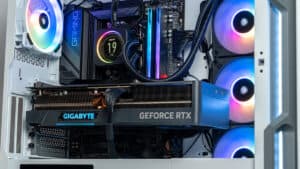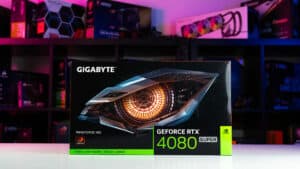Report: ASUS is making graphics cards cheaper in the UK
Prices slashed by up to 10%
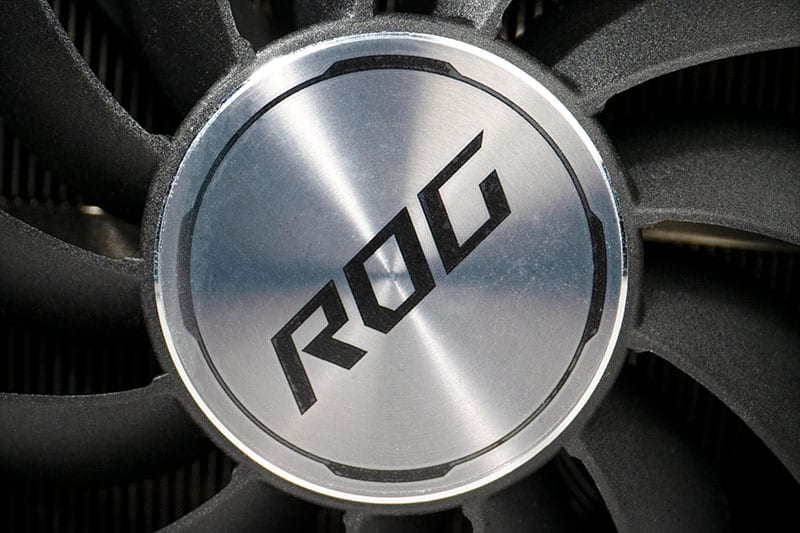
WePC is reader-supported. When you buy through links on our site, we may earn an affiliate commission. Prices subject to change. Learn more
Graphics card prices have been steadily increasing in the UK ever since the introduction of the RTX 3000 series, which can be attributed to a few factors such as the global chip shortage, in addition to several shipping issues and material shortages that the industry has experienced over the last few years. Unfortunately, if you want to grab one of the current graphics cards from both AMD and Nvidia, you’re still going to have to pay above MSRP for the card, across both brands. However, ASUS is looking to begin to lower these costs in the UK, and pass the savings onto the customer, meaning great news for users who are wanting to pick up a powerful dedicated graphics card.
This information comes directly from an ASUS representative, who posted on Linkedin that they were ‘Pushing down the prices’, and pointed to a listing for a 3070Ti at Overclockers UK. This listing decreased the price of the RTX 3070Ti TUF models from £829.99 to £749.99, a saving of around 10% to the coveted AIB model.
This is still a fair bit higher than the MSRP of £529.99, but board manufacturers such as ASUS have to consider the costs of designing their own boards, in addition to the cost of manufacturing, kitting and shipping out their custom cooling solutions. The cards that would end up being at the MSRP are likely to be the ones that are much more basic than a model from ASUS such as the TUF or STRIX line, which are among the most sought-after AIB models of GPU on the market. Due to this, ASUS will be able to add their own charges for the work done on top of the reference models given to them by Nvidia. Other manufacturers may be able to soon meet MSRP with near-reference cards, but that still remains to be seen, as the current situation develops.
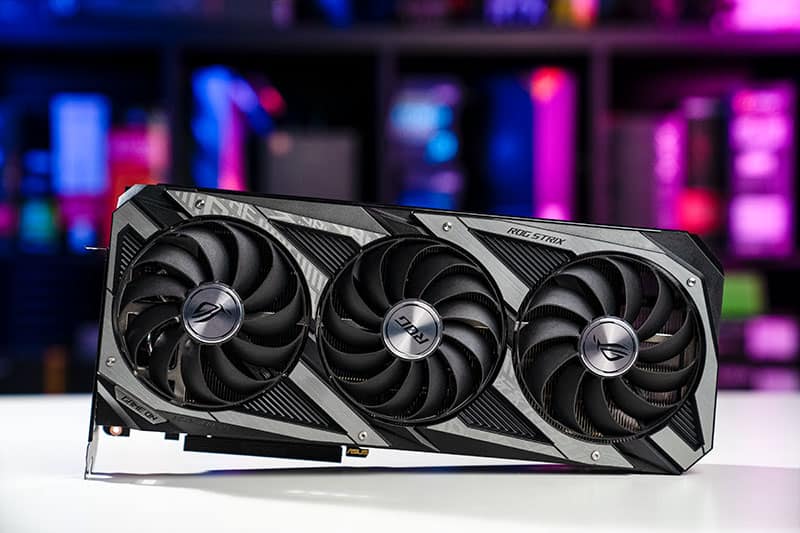
However, the pricing of these high-end products does not solely lie on the manufacturer’s cost, but also raw materials, shipping costs, and of course, the supply of cards that actually reaches the UK. We’ve already reported that GPU prices are set to drop from their previous pricing at the start of this month. We quoted that prices would decrease by around 11%, and it seems like this is beginning to bear fruit with ASUS’s new pricing of GPUs in the UK. The new pricing began over the weekend, and as supply looks to stabilise, the outlook for consumers getting their hands on these cards is growing ever brighter.
Why are GPUs getting cheaper?
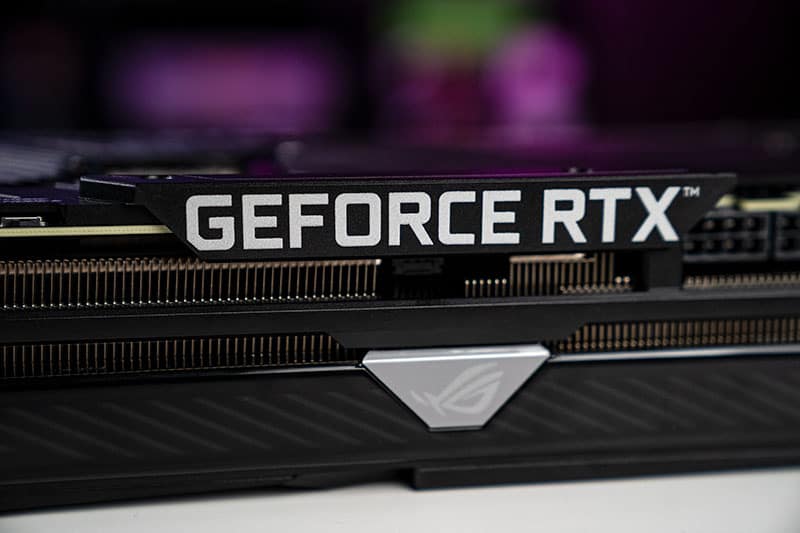
GPUs are getting cheaper due to more stock being produced at the factories and arriving directly to consumers. This can be attributed to a decreased demand in cryptocurrencies due to a market crash, making mining more unprofitable for those looking to use consumer-focussed cards, in tandem with a blanket crypto ban in China. However, pricing in the UK is also dictated by fluctuating currency exchange rates, with the pound becoming weaker than the dollar over the last few weeks. On the other hand, with the pandemic easing up, and factories reaching peak performance once again, raw material and production have increased and allowed for a much more stable flow of cards to come to British shores.
This is part of a wider story worldwide around GPUs, where you might expect to find cards around for cheaper than they have been on retail sites worldwide. It’s great news for gamers, but there are still uncertainties surrounding graphics card production that can be attributed to the raw materials required to produce the cards.
Raw materials in GPUs face difficulties among conflict in Europe
Raw materials that are involved in the manufacturing process of consumer graphics cards are in danger of being destabilised, as we’ve previously reported that the state of Neon Gas pricing remains volatile. Ukraine currently provides over 90% of the world’s semiconductor-grade Neon. The main cities involved in its production are Odesa and Mariupol, which are both flashpoints for heavy conflict in the country.
Another concern is the Palladium output of Russia, which currently produce 40% of the world’s entire supply. Though, fears have since receded on the market for Palladium, dropping 14.2% on the market after a rally due to the concerns over sanctions over Russia’s conflict with Ukraine, which has ramifications for the global economy, and indeed GPU and semiconductor production. This relatively unstable market environment could mean that we might see further roadblocks in terms of lowering graphics card pricing, as demand begins to ease for the first time in years.
Another point of contention is fluctuating container pricing, which spiked in 2021 to eye-watering levels before stabilising again. The current global political situation means that we could potentially see some reservations with pricing of shipping containers out of China and nearby regions to the rest of the world, which is also prone to heavy fluctuation and is directly affected by oil pricing, which has been steadily rising throughout the year.
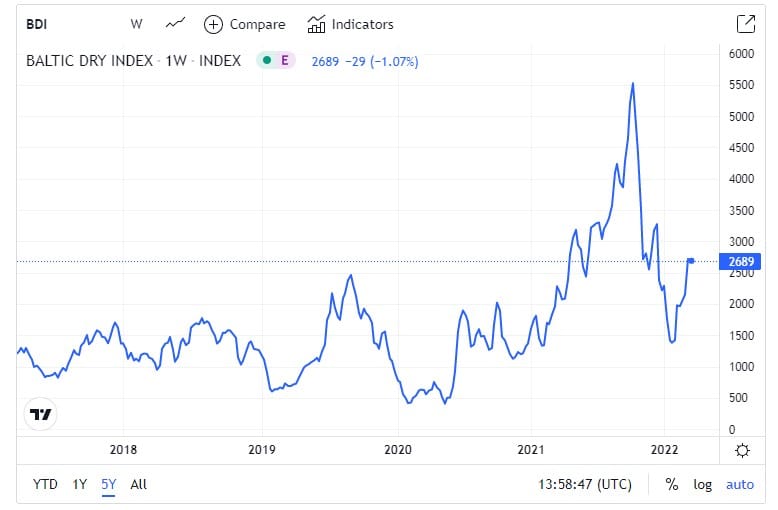
What does this mean for future GPU launches?

We’ve got a new range of GPUs arriving later this year in the form of Lovelace and RDNA3, but the supply and success of those launches will be purely based on how good the yields are from these chips. Naturally, any new chip will undergo a process of steadily increasing yield as the product and manufacturing processes involved mature, and the pricing will also be dictated by all of the factors that we’ve listed above. As of right now, there is simply too much riding on the launches of both of these products to simply cancel or delay them, so we might even see a higher MSRP than usual.
Nvidia and AMD are now used to this adjusted market pricing since consumer demand for GPUs over the past few years showed them the prices at which consumers would want to purchase high-end discrete graphics cards, which might cause a slight MSRP increase. GPU prices will never go back to the way they were before 2016, and the sooner that the market accepts that we might have to live with a slightly worse price-performance ratio the better. It’s not good news, but when taking into account global forces beyond our control, in addition to inflation, it might really be the only way forward for GPU manufacturers to operate.
Threatening the market is the burgeoning popularity of cloud gaming with services like Amazon Luna, which has remained to be a relative niche. With more powerful onboard graphics as seen in the Ryzen 6000 series of processors, we might also see more gamers than ever before not actually using any sort of graphics card, instead opting for solutions like integrated graphics, instead.


